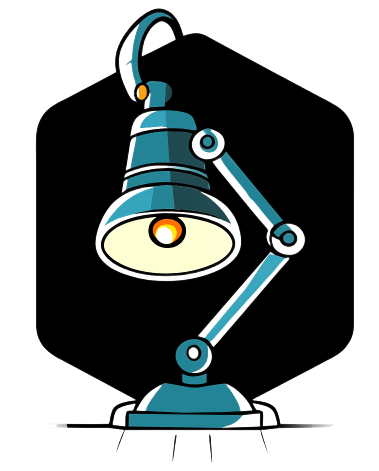When the computer generates a lot of heat, a fan kicks in and pushes the hot air out of the system to allow cooler air to circulate. However, this can result in a noisy fan. The most common cause of this noise is accumulated dust, which can reduce the computer’s performance. So, how can you remove computer fan noise?
One of the most popular programs for eliminating computer fan noise is Speedfan. This program is responsible for monitoring the computer’s temperature, fan speed, and overall performance. Speedfan allows you to adjust fan speed to reduce noise.
To minimize the noise produced by PC fans, follow these steps:
- Complete all processes to minimize fan sound.
- Clean the computer to remove accumulated dust.
- Use a cooling pad to keep your laptop cool.
- Configure fan speed using a program.
To determine if your computer fan is damaged, look for the following symptoms:
- Your computer shuts down regularly or does not function properly.
- The CPU fan or case fan is broken.
Most CPUs have built-in thermal protection that prevents the computer from functioning if it overheats excessively.
To lubricate your computer fans, follow these steps:
- Lift the back label to identify the area where the motor shaft rotates.
- Apply a drop of precise lubricating oil, such as sewing machine oil, which works well and does not form clumps.
The main causes of squeaking and noise from ceiling, floor, or table fans are dirt, dust, and prolonged inactivity during cold periods. In many cases, a spray of Svitol Casa is enough to solve the problem.
If your computer fan is not functioning properly, it may be due to accumulated dust around the internal components of the PC. In this case, compressed air can be used to remove most of the dust. Alternatively, if it still doesn’t work, open the computer case and check.
To power the CPU fan, the BIOS uses a step mechanism. Typically, the fan activates when the device’s temperature exceeds the threshold point. The temperature and CPU load increase the fan speed.
To determine if a CPU fan is working properly, look for directional arrows.
The vertical arrow indicates the direction in which the fan rotates, while the horizontal arrow indicates the direction of airflow. You should see these two arrows on the outer edge of the fan.
To lubricate a fan motor, follow these steps:
- Hold the motor in a fixed position.
- Spray a few drops of lubricant into the bearing.
- Rotate the motor shaft at least ten times to ensure the oil penetrates properly. If using WD-40, aim the spray nozzle directly at the bearing and then rotate the shaft to allow absorption.
